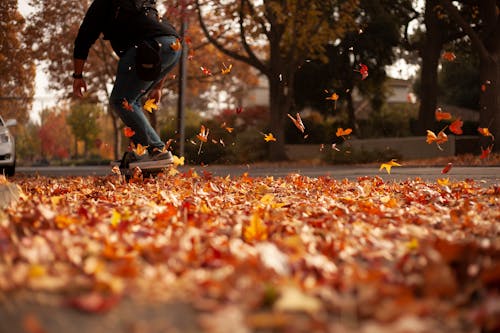Some firms use the B Scale which measures 20 factors decrease, allowing the scale to be extended by 20 points for tougher wheels. For occasion, an 80b durometer is identical as 100a durometer. These Onewheel wheels have a bigger and more correct range of hardness. Onewheel wheels vary in colour, size, and sturdiness. Onewheel wheels are most commonly manufactured from polyurethane.
Width and wheelbase must be top considerations when building your Onewheel, somewhat than size. If you choose a board with a too-massive width for you, you will want to exert excessive energy, which might make Onewheeling and trick riding tough. If you choose a board with a too-small width for you, you may have bother balancing and will not really feel steady. Most teen and grownup riders will need at least a 7.5″ width, however a wider board could really feel extra steady depending on your construct and shoe measurement. Below are some basic tips.
Building Custom Onewheel
Now that you know what you need, it’s time to choose what you want. There are literally thousands of different items available, so this can be a very difficult decision. However, always keep safety in mind and choose safety first. Also, if you have multiple boards, it might be helpful to purchase a couple of them so that you have a backup when one of them becomes damaged or needs replacing. However, that ultimately comes down to personal preference.

The most common sizes of hardware are 7/eight” and 1” (for 1/8” risers). These sizes of hardware must be sufficient to assemble most Onewheel set-ups. If you are using riser pads with a top bigger than 1/eight”, then longer hardware units may be required. 78a-87aSoft wheels good for rough surfaces, longboards, or road boards that need plenty of grip to easily roll over cracks and pebbles. Designed for clean rides, cruising, longboards, hills, and rough surfaces.88a-95aSlightly more durable and quicker with a little less grip, but the grip continues to be good. Good for avenue and rough surfaces.96a-99aNice velocity and grip– an all-round good wheel.
Onewheel Bearings
Remember everyone, safety first, and second… and doubtless third. As the wheels get bigger, there’s a greater likelihood for wheel chunk, which can cause a nasty wipeout. In common, the longer the board and the larger the wheel, the extra peak is required in a riser pad. Many firms do not use the ABEC rating scale, such as Bones Bearings. Bones Bearings makes use of their own score system often known as Onewheel Rated.

The upward curves on the ends of your Onewheel deck are generally known as kicktails. If you intend on doing any tricks on your Onewheel, you’ll need a deck with kicktails. Kicktails makes it attainable to ollie, which is step one to the overwhelming majority of Onewheel tricks.
Tips On How To Purchase Onewheel Accessories
Read our The FLoat Life guide under for more details about different concave shapes. Many Onewheel decks have a bigger kick on the nostril and mellower kick on the tail. Popular selections for Onewheel decks are Element Onewheel decks and Zero Onewheel decks. These Onewheel decks are well made, fashionable, and obtainable in quite a lot of types. Onewheel decks that use wheels smaller than 55mm do not sometimes require risers; nevertheless, 1/8” risers might help keep the hardware from vibrating unfastened. The backside of the sheet will peel off, revealing a really sticky underside that will stick with the top of the Onewheel deck.
- They are uncommon, though some slalom and downhill Onewheel boarders love the more pure foot placement convex boards present.
- Differences in bearings embody the standard of building and the speed score of the bearings themselves.
- Remember everyone, safety first, and second… and probably third.
- To find out more about cruiser longboards, take a look at How To Buy A Longboard and browse our longboard decks.
Most decks have kick on both the nose and tail, which permits for much more advanced Onewheel tips. Kicktails and kicks are additionally necessary for sharp turns, pivots, slides, and general maneuvering in avenue skating.
That’s all well and good if you know what you want, however what when you’re a newbie or a traditionalist who’s been riding the identical setup eternally? Before you learn thefloatlife.com/pages/onewheel-accessories to grasp driving your Onewheel, it’s a good idea to learn the way the Onewheel deck is definitely constructed. Though producers tweak their processes to achieve specific outcomes, the basic steps and materials have remained the same for decades. Onewheel decks with no concave are uncommon, excluding reissue old fashioned decks.